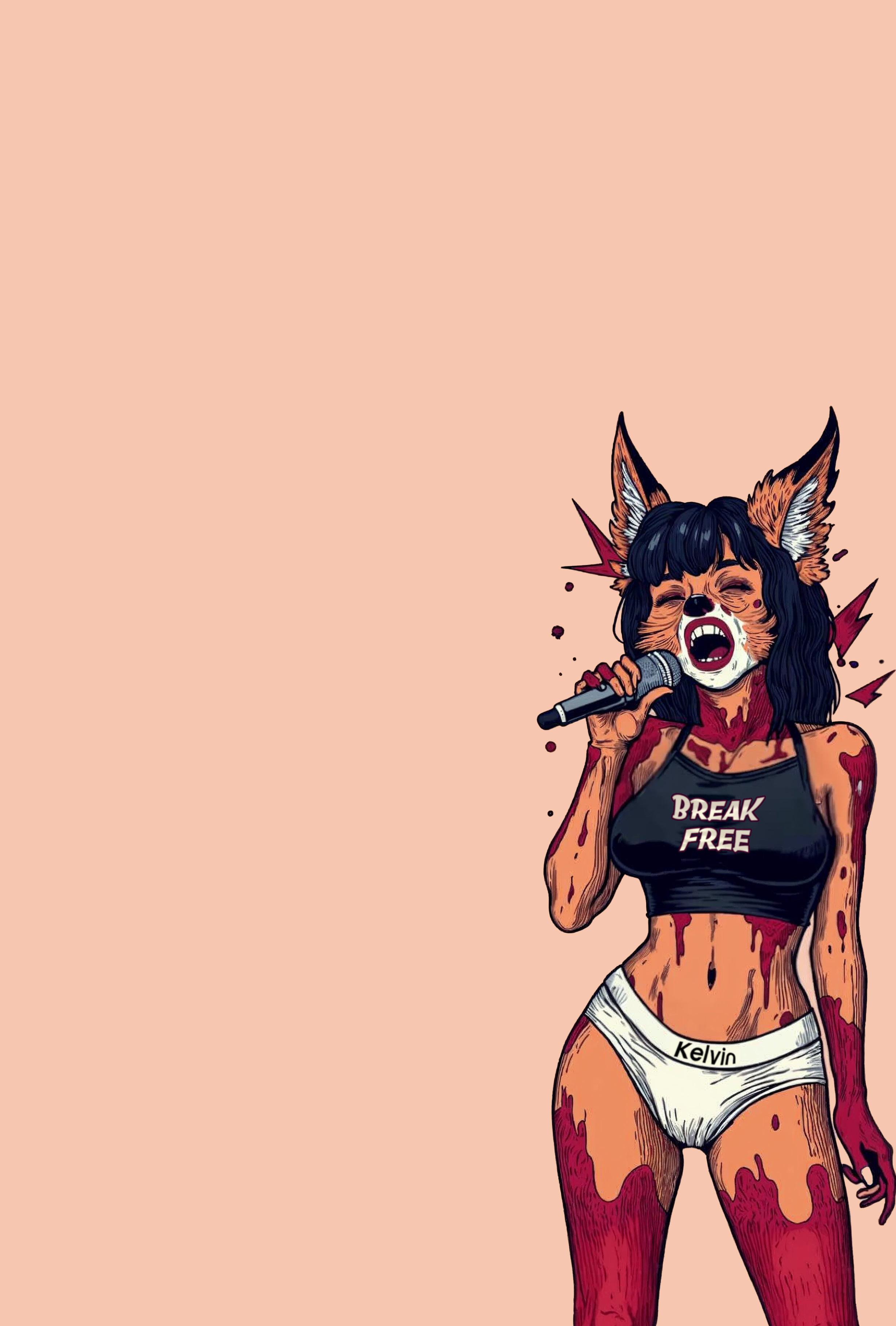
4 minute read
Made you look
Hannah Greenwood reckons strong visuals are the key to capturing learners' attention
Think about the attention-grabbing moments of the last 50 years - Freddie Mercury dressing up as a woman in the video for Queen’s 1984 hit “I want to break free”, Sophie Ellis Bextor holding up a skinned fox for PETA with the tagline, “Here’s the rest of your fur coat.” or Calvin Klein’s #mycalvins campaign showing an upskirt shot of a model featuring the quote “I flash in #mycalvins.” You might not like the music, the message or the underpants, but as the saying goes, people eat with their eyes.
A striking image, a bold headline, something that demands attention – our eyes are instantly drawn, our curiosity piqued. This is a fundamental aspect of human perception: we are inherently visual creatures. For e-learning, where attention spans are fleeting and distractions common, harnessing this innate visual pull isn’t just an advantage; it’s essential.
Consider how you navigate information daily. What stops you from scrolling past content? Often, it’s an image or a video. The accompanying text might be brilliant, but the visual provides the initial hook. This principle applies even more critically to e-learning.
Learners frequently process vast amounts of information, and their time and cognitive energy are valuable. If your course doesn’t immediately engage them visually, they’re likely to disengage before absorbing the content.
So, how do we “make them look” in e-learning? It begins with understanding that visuals are more than just decorative elements. They are powerful tools for communication, comprehension, and connection.
Firstly, initial impressions are crucial. The opening screen of your module, the layout of your initial content, and the quality of your graphics all shape a learner’s immediate perception of the course. A cluttered, text-heavy, or unappealing interface conveys a message that the learning experience will be laborious. Conversely, a clean, well-designed, and visually stimulating entry point invites exploration and signals a professional, engaging learning experience. This requires investing in high-quality imagery, intuitive navigation icons, and a cohesive visual brand for your course.
Secondly, visuals serve as cognitive aids, enhancing understanding and retention. Our brains process images significantly faster than text. Infographics can distil complex data into easily digestible formats. Diagrams and flowcharts can illustrate processes and relationships with unmatched clarity. Videos can demonstrate procedures or concepts dynamically and memorably. Attempting to explain intricate concepts without a single diagram or animation, for instance, would be a considerable challenge. By translating abstract concepts into concrete visual representations, we bridge the gap between information and comprehension.
Furthermore, visuals can evoke emotion and foster engagement. A well-chosen photograph can instantly convey a mood or context, making the learning experience more relatable and impactful. Short, wellproduced video clips featuring real people or engaging scenarios can add dynamism to otherwise dry content. Even the strategic use of colour can influence mood and highlight important information. When learners feel a connection to the material, they are more likely to stay motivated and committed to completing the course.
Finally, effective visual design promotes seamless navigation and reduces cognitive load. Clear visual cues, such as progress bars, consistent iconography, and well-structured layouts, guide learners through the course material effortlessly. They can easily track their progress and understand the flow of information. This reduces the mental effort required to navigate the course itself, freeing up cognitive resources for processing the actual learning content.
In e-learning, simply providing information is no longer sufficient. We must actively compete for, and capture, the learner’s attention from the outset. By strategically employing compelling visuals, we not only “make them look”; we invite them in, facilitate their understanding, and ultimately, create a more effective and memorable learning journey.
So if the content you’re serving learners is a bit dry, give them something they can eat with their eyes.

Hannah Greenwood is a Lecturer and Researcher in Media and Design Technology.










